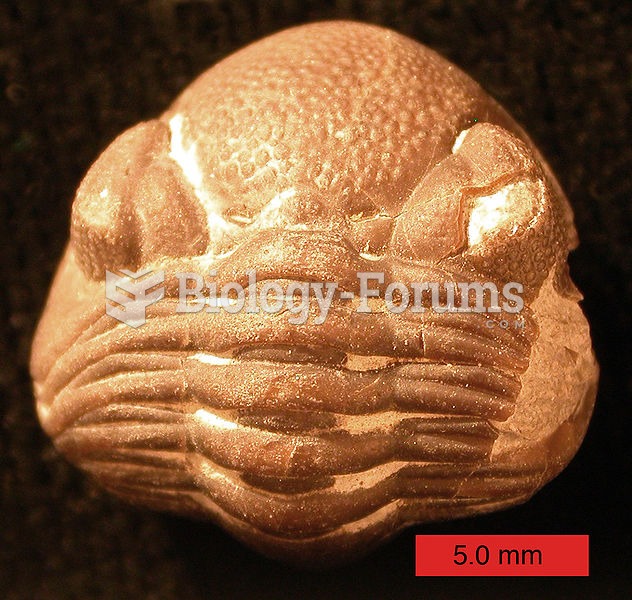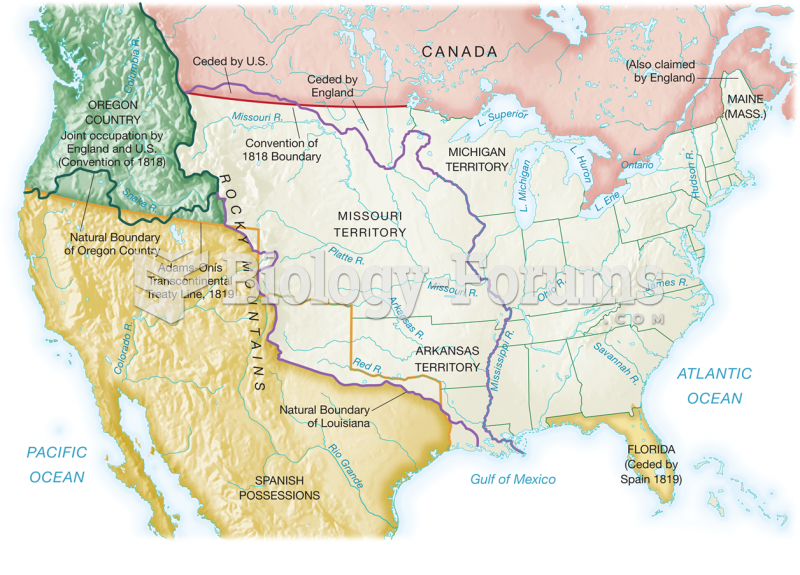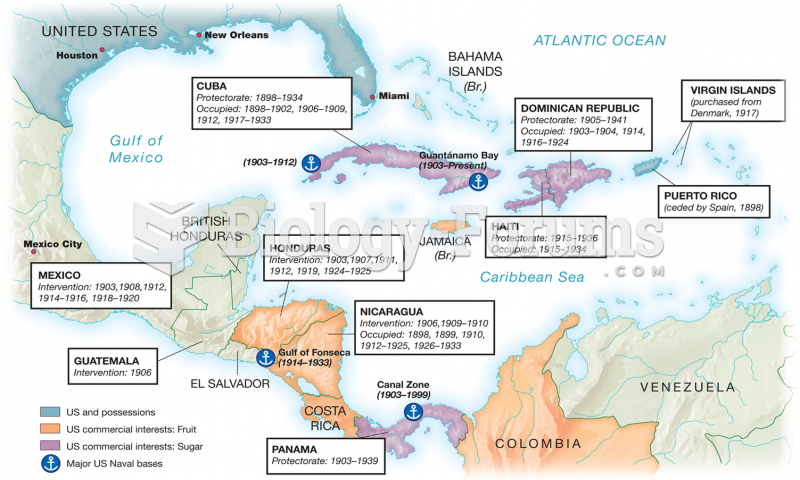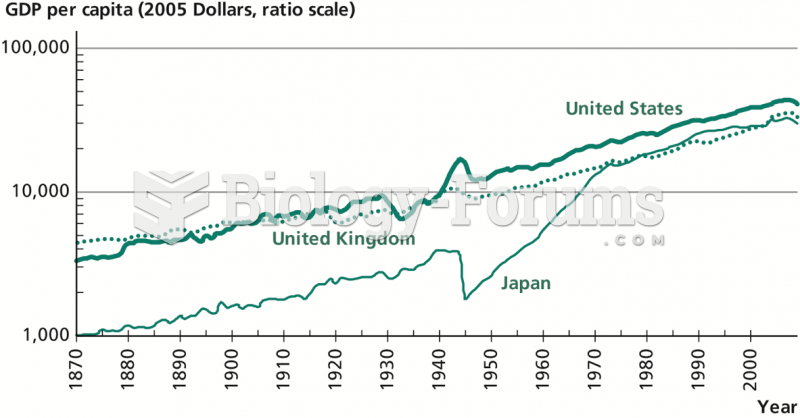Question 1
Between 1800 and 1820, the population of the United States
A. saw its largest increases in southern states.
B. nearly doubled.
C. reached five million.
D. All these answers are correct.
E. generally ignored the rocky soil of the Old Northwest.
Question 2
On his last day in office, President James Madison influenced internal improvements by
A. establishing a military corps of engineers to help study and contribute to infrastructure development.
B. supporting federal financing of scientific and technological research into steam power.
C. vetoing a bill that would have used federal funds to construct roads and canals.
D. allocating federal funds to finance transportation construction.
E. approving a bill that would have used federal funds to construct roads and canals.
Question 3
In the early nineteenth century, the westward movement of white Americans was encouraged by all of the following EXCEPT for
A. the exhaustion of agricultural lands in the East.
B. the federal government's policy toward Indian tribes in the West.
C. the expansion of a slave labor in the South.
D. the spread of the plantation system in the South.
E. the lure of mineral mining in the mountainous regions of the West.
Question 4
By 1818, the United States' internal road system
A. had been paid for without any federal funds.
B. formed a network that connected most large towns and cities.
C. had for the most part been replaced by railroads.
D. consisted only of a small number of private turnpikes.
E. included a National Road that reached as far as the Ohio River.
Question 5
The first American mill to carry on the processes of spinning and weaving under a single roof was located in
A. Waltham, Massachusetts.
B. Springfield, Massachusetts.
C. Philadelphia, Pennsylvania.
D. Boston, Massachusetts.
E. Newport, Rhode Island.
Question 6
After the War of 1812, it was clear that the United States' most pressing economic need was an improved
A. system of currency.
B. trade policy with Europe.
C. system of tariffs.
D. internal transportation system.
E. system for selling public lands.







